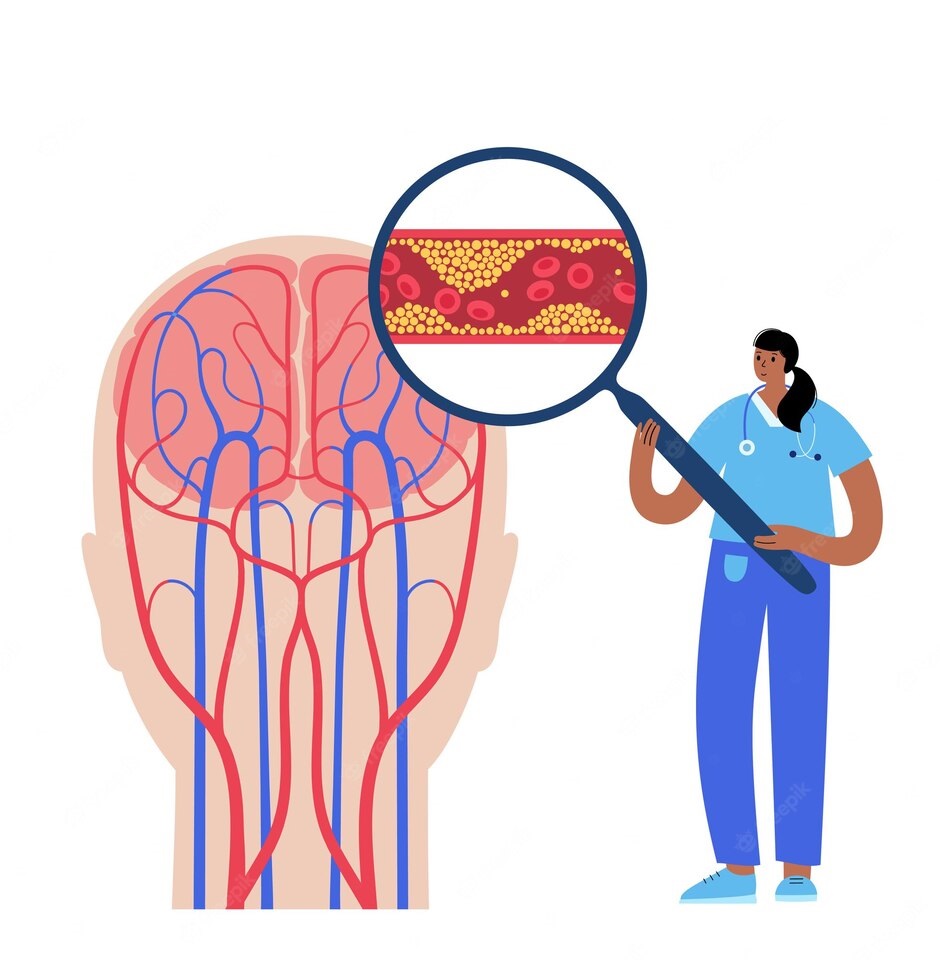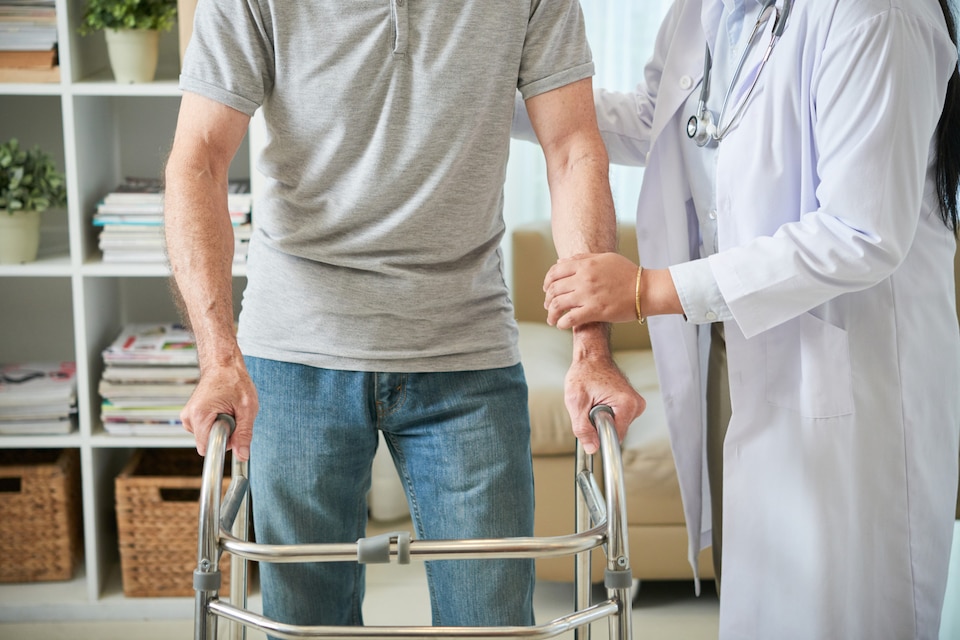Stroke is a severe medical condition that occurs due to a rapid loss of brain function resulting from a disturbed blood supply to the brain. There are two main variety of stroke: ischemic stroke, created by a block in a blood vessel supplying blood to the brain, and hemorrhagic stroke, resulting from a blood vessel in the brain rupturing. Following a stroke, paralysis is one of the most common disabilities, and the extent of recovery depends on various factors, including the affected area of the brain, the damage caused, age, and overall health status.

Factors Affecting Recovery from Stroke
Several factors can affect recovery speed and extent after a stroke, with one of the most crucial factors being the magnitude of the damage caused to the brain, as well as the specific affected brain region. Other factors include the individual’s age and overall health status. The potential causes of stroke include atherosclerosis. It is building up of plaque in the arteries that can restrict blood flow to the brain. High blood pressure & atrial fibrillation, an irregular heart rhythm that can lead to blood clots, can also increase stroke risk. Additionally, high cholesterol levels and diabetes mellitus can contribute to the likelihood of stroke. Lifestyle factors, including unhealthy diets high in saturated and trans fats, salt, and sugar, a sedentary lifestyle leading to weight gain and poor cardiovascular health, chronic stress, and family history of the condition, can also play a role in stroke risk.
Ayurvedic Treatment for Stroke
Ayurveda refers to stroke as “Pakshaghata,” caused by the vitiation of the Vata dosha that affects the Siras (blood vessels) and Snayus (tendons and ligaments) on one side of the body and face. Ayurvedic treatment of stroke aims to strengthen muscle tissue and reestablish neuromuscular function. It also helps to clear blockages and disturbances. This approach helps in increasing peripheral blood supply.
Ayurvedic treatments for stroke include “Snehana,” which involves applying medicated oils to the body to loosen toxins and promote circulation. “Nasya,” administering medicated oils through the nostrils, is particularly effective in cases of facial paralysis. “Virechana,” using herbal laxatives to eliminate toxins from the body, is another commonly used therapy. “Pinda swedana” employs warm herbal poultices to promote circulation and relaxation, while “Kayaseka” involves pouring warm medicated oil on the body to promote relaxation and circulation.
“Vasthi” is a specialized enema therapy that Ayurveda uses to strengthen muscle tissue and reestablish neuromuscular function. “Sirovasthi” involves applying medicated oils to the scalp and hair to promote relaxation and circulation. “Pichu” is a therapy that uses cotton pads soaked in medicated oil and applies them to the affected area. It promotes circulation and relaxation. Finally, “Njavarakizhi” is a therapy in which a paste made from cooked rice and medicinal herbs. It is applied to the body to promote circulation and relaxation.

Leave a Reply